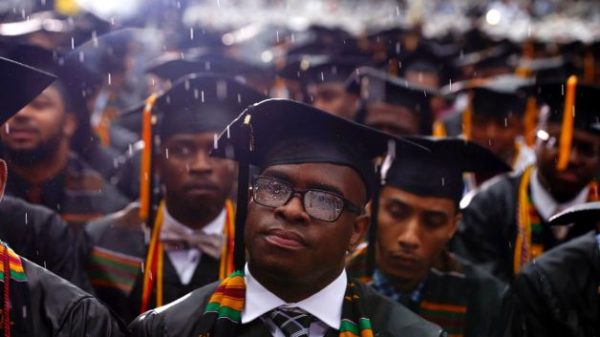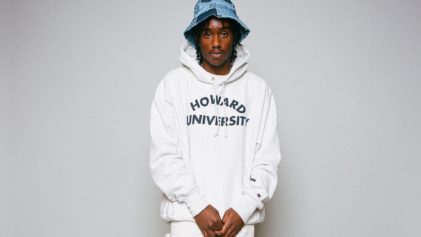An average of one in four students at traditionally Black schools in the U.S. is a different race than the one the college was intended to serve, according to research conducted at the University of Pennsylvania’s Graduate School of Education. Here are 10 reasons why this phenomenon exists and continues to grow at historically Black colleges and universities.
Legal Definition: Once an HBCU, always an HBCU
Although the Higher Education Act of 1965 clearly states that an HBCU is a school “whose principal mission was, and is, the education of Black Americans,” Congress never stipulated whether an institution could continue to be considered historically Black if it became mostly white. Thus, HBCUs with white majority populations still receive federal funding geared for African-Americans.
The Premature Declaration of a ‘Post-Racial World’
Despite the fact that racial disparity still exists for Blacks in higher education and other quality-of-life indicators — and Black colleges and universities graduate impressive numbers of Black students in majors in education and in science, technology, engineering and mathematics [STEM] — many have argued over the years that HBCUs are inferior, redundant and irrelevant in today’s “post-racial world.”



